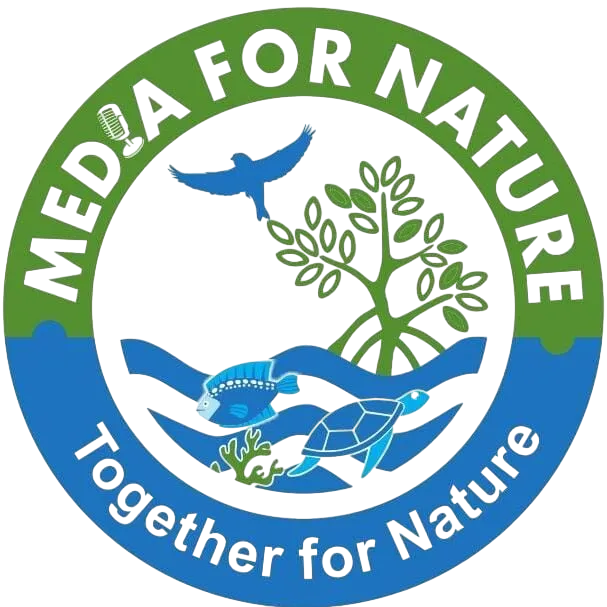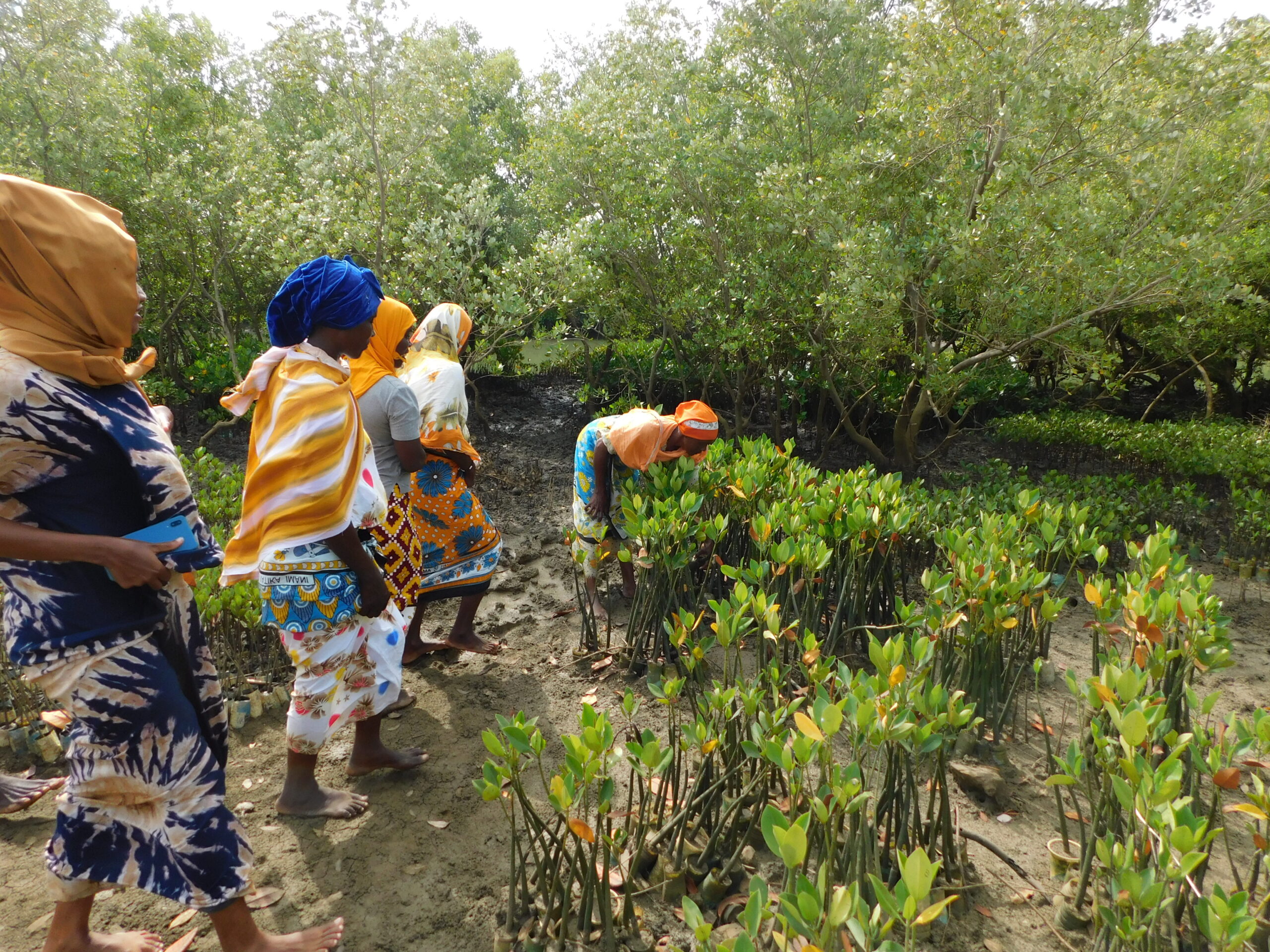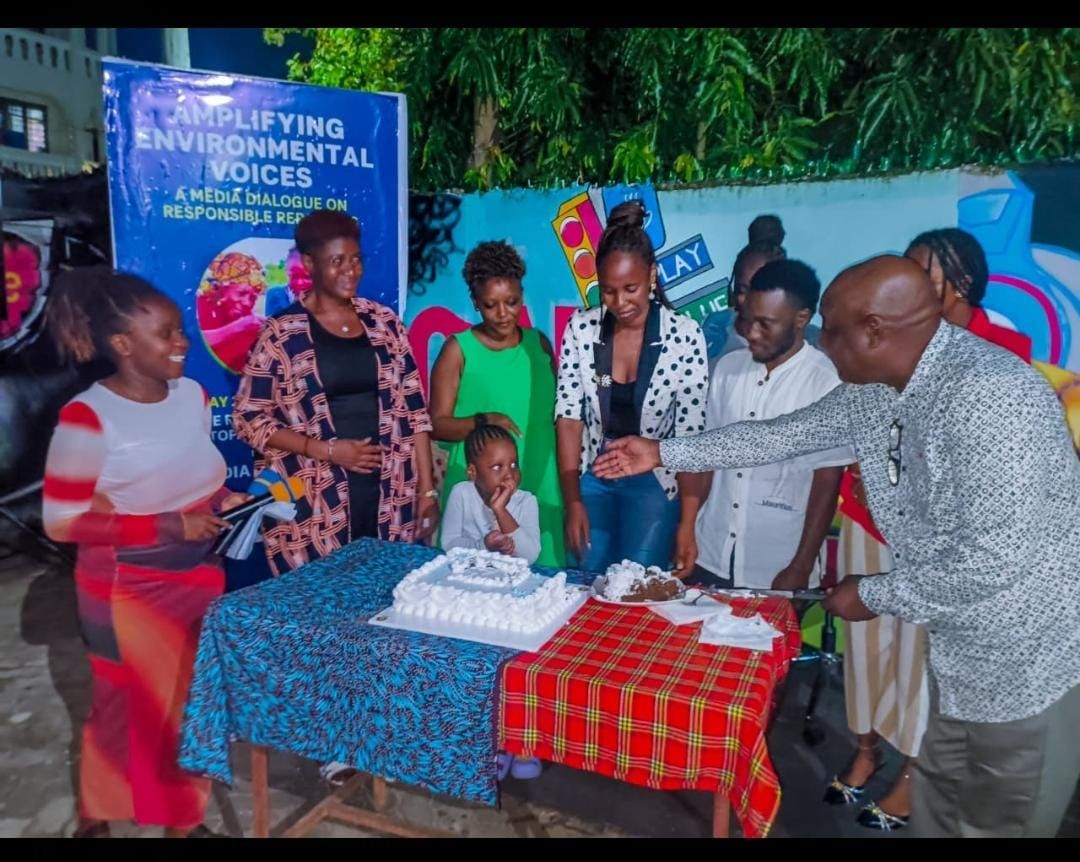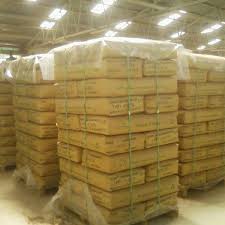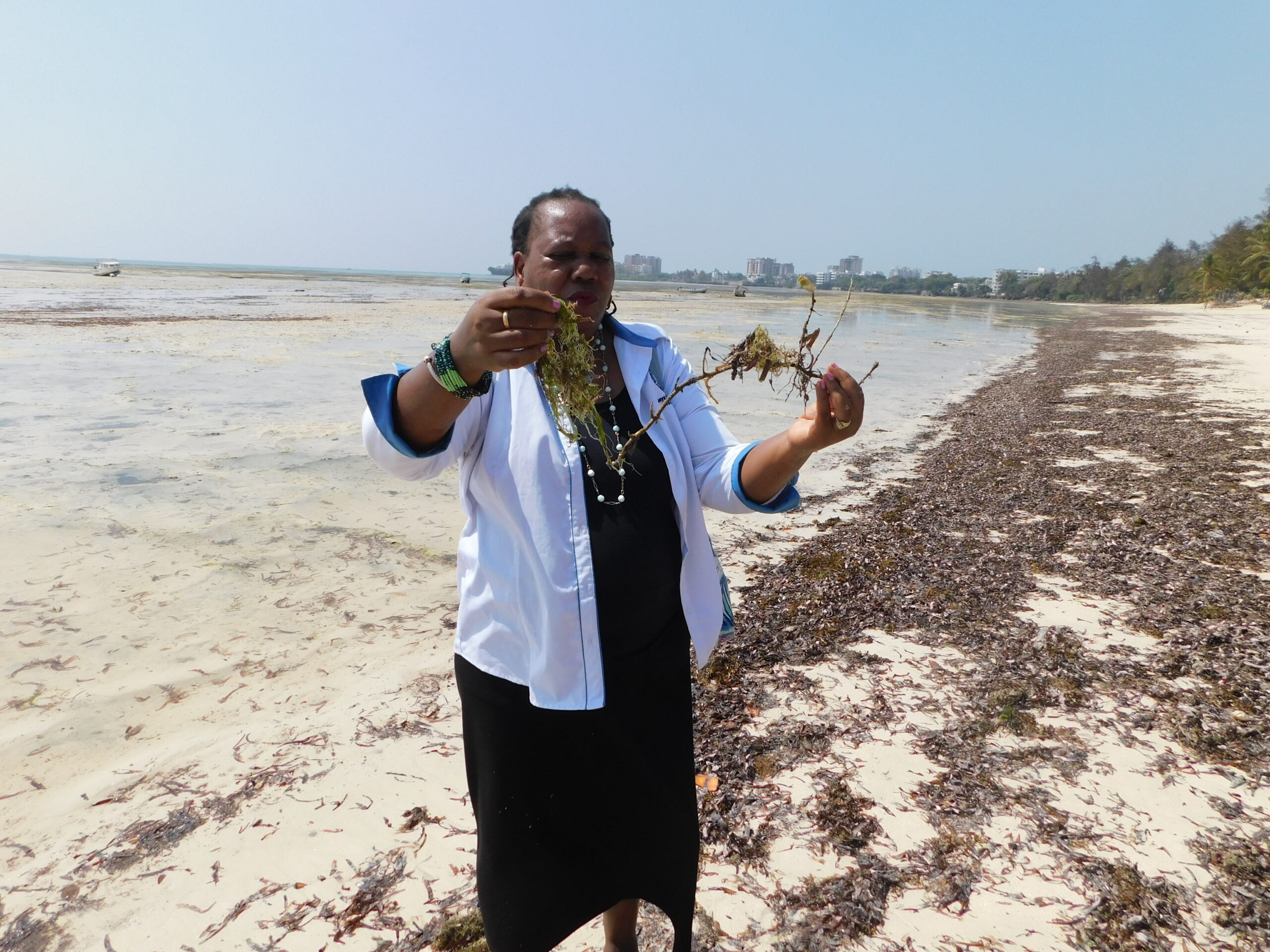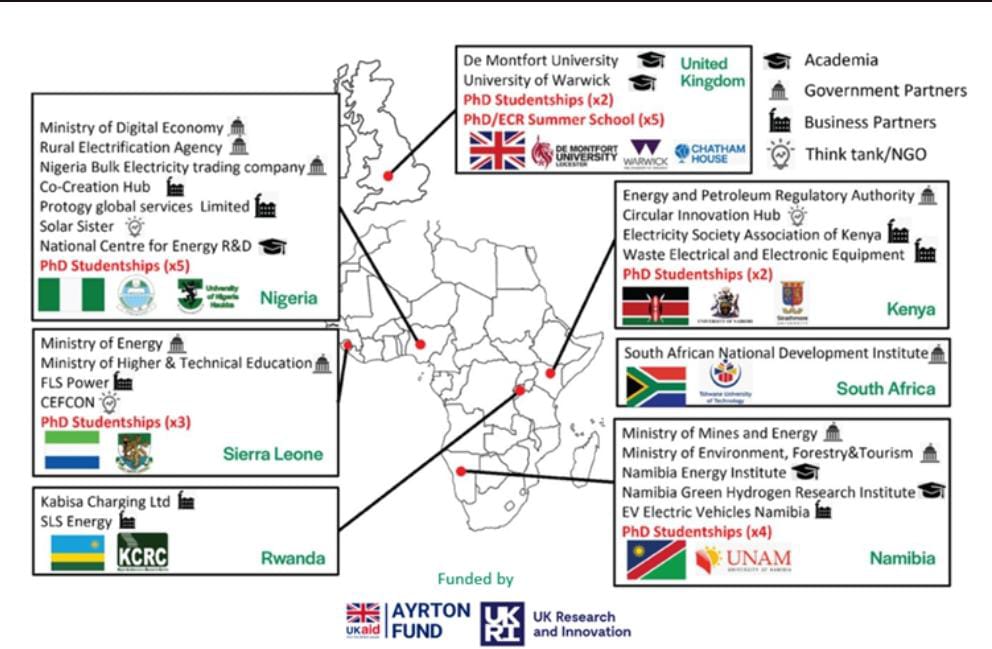Mreroni women are at the forefront in the restoration and conservation of mangroves within the Tudor Creek |Photo Mazera Ndurya
For Mreroni residents in Jomvu Kuu ward, Mombasa County, fighting illicit brewers to safeguard the mangroves within the Tudor Creek has not been an easy task. The wanton cutting of mangroves for firewood and charcoal was being done at night and the materials transported by boats to the breweries within the creek in Mikindani and the sprawling Bangladesh informal settlement.
Local residents too used to cut down mangroves for the same purposes as a source of livelihood, accelerating the pace of degradation of the biodiversity.
Mreroni Village is situated along the fringes of the Tudor Creek adjacent to the mouth of river Kombeni draining into the Indian Ocean.
Marine scientists say the village’s proximity to Tudor Creek and overdependence on marine resources has led to mangrove deforestation and unsustainable fishing practices.
Mombasa is among the cities in the Western Indian Ocean (WIO) region that is highly vulnerable to climate change impacts due to sea level rise, saltwater intrusion into freshwater aquifers, habitat degradation, etc.
However, the pace of restoration of the mangrove ecosystem has now been enhanced, thanks to the efforts and commitment of a local community group, Mreroni Umoja Self-Help Group, a group that redefining conservation.
The involvement of the Kaya (Mijikenda communities’ sacred forests) elders has given impetus to mangrove conservation in Mreroni with a new dimension to the aquatic trees besides livelihoods and coastal resilience.
Just like the Kaya forests, which have, for many years been the custodian of the Mijikenda communities’ rich cultural heritage as well as repository for medicinal value, the elders have come to appreciate the key role that mangroves play in supplementing their work.
Omar Munga Chembe, a Kaya elder and an organizer for Mreroni Umoja Self-Help Group, a group that is involved in the conservation of mangroves in Jomvu, within the Tudor creek in Mombasa County is one of the champions of mangrove conservation.
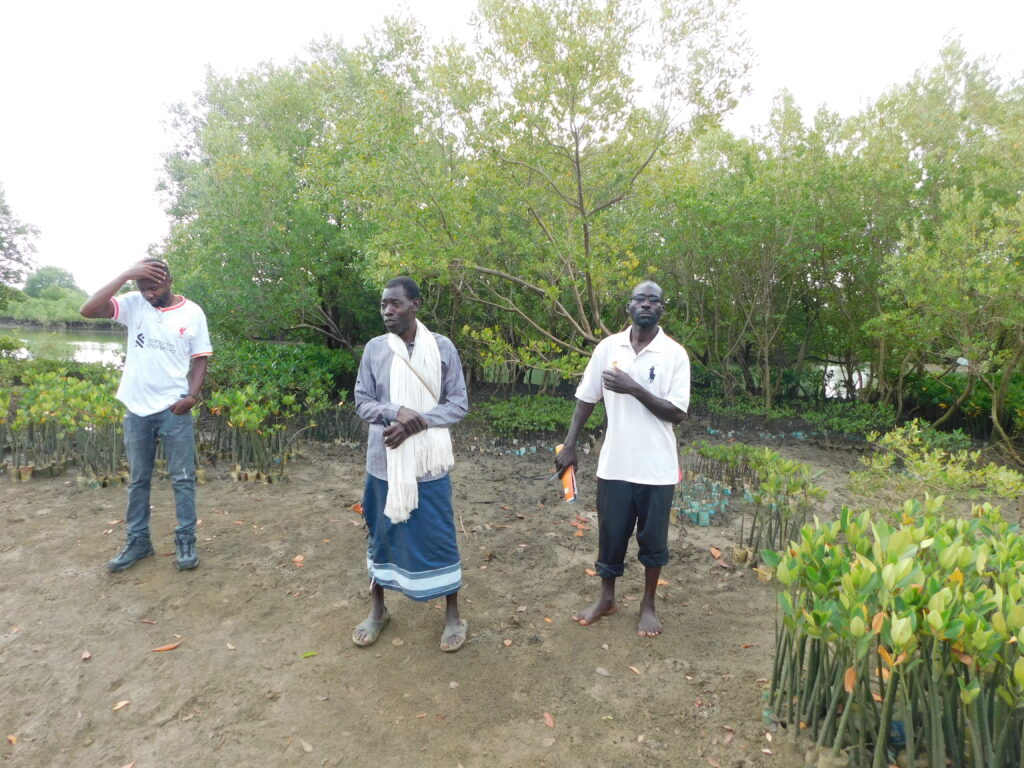
“In my capacity as a Kaya elder and custodian of the sacred forest, mangroves have been very key in helping us with medicines and many other things. When we realized that the mangrove forest was being degraded and almost being cleared through cutting, we saw it fit as a community from Mreroni to come in and start the conservation campaign.
“With the support from other organizations we were able to establish this group, bringing together elders, fishermen and other community members to start a serious mangrove restoration campaign,” he said.
At first, Chembe said they would move around the creek collecting mangrove seeds for planting and their efforts have been rewarded with a mangrove cover of about 3 hectares so far after planting over 12,000 seedlings.
“Most of the cutting of mangroves was being done at night. They would then load the poles in boats. This area was bare but our efforts to restore the forest can be felt.
“The project has also seen the members of the community earn some income from selling mangrove seedlings that have been nurtured because there are organizations that come to buy for replanting in other areas,” said the Kaya elder.
The initiative to address livelihoods for the community through sale of seedlings has reduced the pressure on mangroves for firewood and charcoal. Many of the residents have been able to pay school fees, buy food and medication with proceeds from the sale of mangrove seedlings.
However, one area that has not come out robustly in public domain is the medicinal value of the mangroves which Kaya elder Chembe got the opportunity to explain.
“This mangrove tree is medicinal as well. It is good for treating stomach related illnesses. We mix the roots with those from the terrestrial forests, boil them and drink the concoction.
“It is particularly effective for women experiencing crumps and other menstrual complications. There is this species of mangroves called Mkoko Mwembe. The roots or leaves are mixed with other trees from the Kaya forest to effectively clear the problem,” he explained.
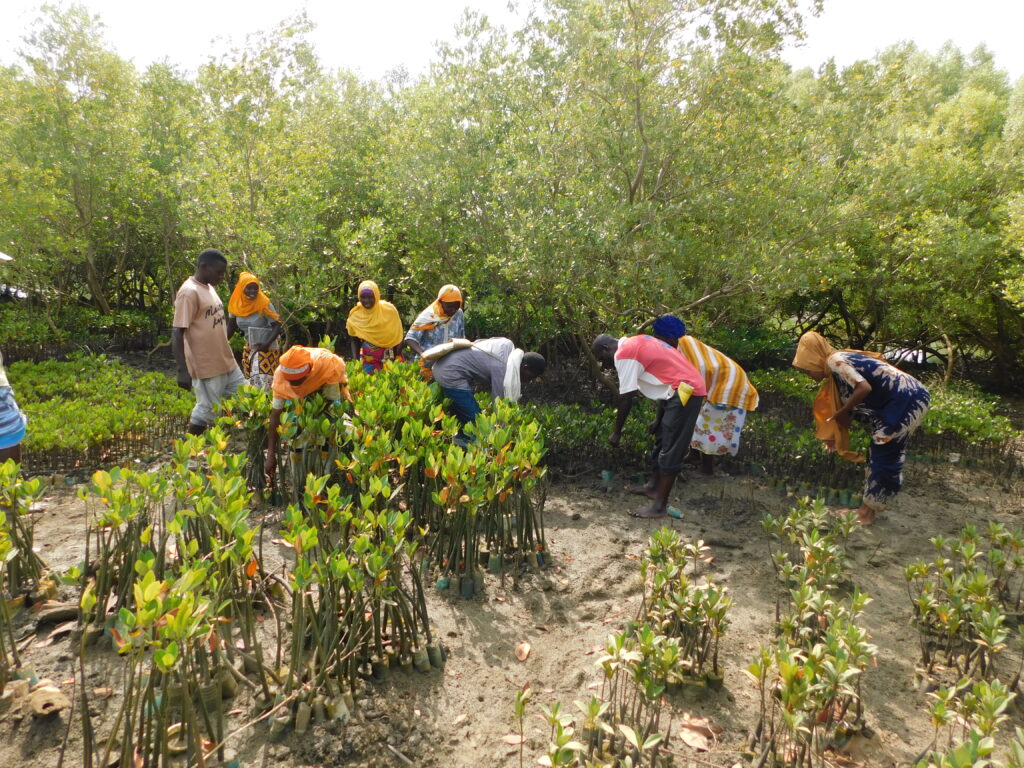
Haji Omar, a fisherman from Mreroni said their indigenous knowledge about mangroves has helped them in knowing where and what species of mangroves to plant.
“There is procedure to be followed before planting mangroves otherwise all efforts would go to waste and the traditional knowledge has helped us,” he said.
The conservation efforts have earned recognition and support from the Tuna Fisheries Alliance of Kenya (TuFAK) coming in to boost the mangrove restoration work of the Mreroni community.
Dubbed “Promoting Community-Based Mangrove Ecosystem Conservation and Restoration at Mreroni Village for Socio-ecological Resilience Project”, the initiative aims to improve mangrove conservation by avoiding deforestation and restoring degraded areas.
According to Tuna Fisheries Alliance of Kenya (TuFAK) Project Manager, Elijah Ngoa, mangrove deforestation and degradation increase the vulnerability of Mreroni and adjacent villages to climate change impacts such as shoreline instability, coastal erosion, and food insecurity due to the loss of ecosystem services.
“Poverty, inadequate enforcement measures, and lack of alternatives have increased mangrove deforestation.
“The overall objective of the project is to support the Mreroni Self-Help Group in conserving, protecting, and restoring deforested and degraded mangrove ecosystems for socio-ecological resilience,” said Ngoa.
Ngoa disclosed that the project is being supported by the Embassy of Ireland, Kenya through TuFAK and will support the Mreroni Self-Help Group in conserving, protecting, and restoring deforested and degraded mangrove ecosystems for socio-ecological resilience.
How the project was conceived
Ngoa said the project has been designed in a participatory consultation with the local community members of Mreroni village.
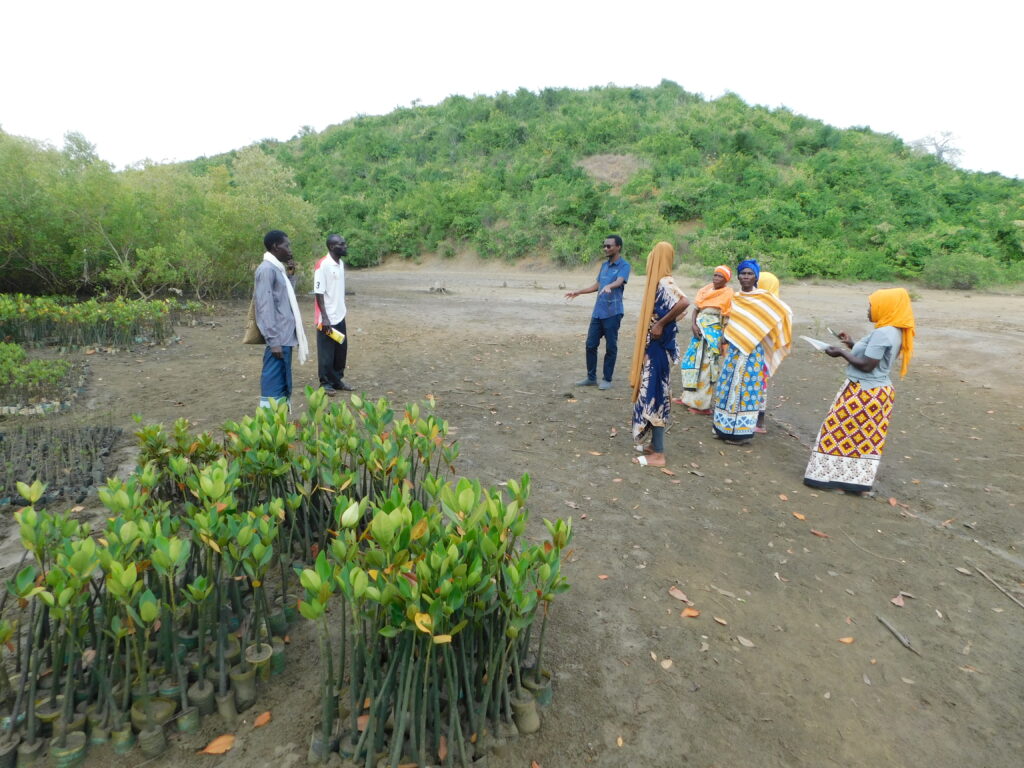
“The development of the project was informed by the needs and aspirations of the Mreroni Self-Help Group members after a series of consultative meetings with TuFAK.
“The group informed us that lack of market of their mangrove saplings was the main challenge they were facing, and had requested TuFAK to look for partners and donors to purchase their mangrove seedlings which at the moment were selling at throw away prices of between Ksh 10-20 per sapling,” he added.
The community also requested TuFAK to support them undertake commercial bee keeping to compliment the mangrove nursery because earlier attempts to venture into apiculture had failed due to lack of skills.
He said the project activities have been designed cognizance of the sociocultural aspects of the community largely comprising of the local community which would ensure that the target beneficiaries can easily adopt the project activities, and implement them even after the project ends.
“Through the support from TuFAK, the community will undertake mangrove planting and restoration with 14,000 mangrove seedlings that will be acquired from the group’s nurseries.
“The project will also give out 15-20 large beehives for apiculture as a complimentary livelihood to mangrove nursery management, and fishing. The long-term impact of the project will be enhanced health and resilience of the mangrove ecosystems providing crucial ecosystem services for the community,” said Ngoa.
The project targets to restore, and conserve additional five hectares of deforested and degraded mangroves, and provide the group members with energy-saving cooking stoves.
Project Alignment with Ireland’s and Other International Development Commitments
The project aligns with the climate action priorities of Ireland’s international development policy, as it intends to strengthen the capacity of a local community group to avert the deforestation of mangroves and restore the degraded and deforested mangrove areas.
“The project will also create awareness in the community on the important role of mangrove ecosystems towards climate change mitigation, and the need for their conservation and protection.
“The actions of the project therefore contribute to the reduction of emissions due to deforestation and degradation in the developing world. The project thus aligns with the UN decade of ecosystem restoration (2021-2030) through the restoration of degraded, and deforested mangrove wetlands,” said Ngoa.
SDGs
The implementation of the project contributes to Sustainable Development Goal 13 on climate action, and the project therefore aligns with the Paris Agreement on limiting the global temperature increases to 1.5 degrees.
Kenya is a signatory to the Paris agreement and recently submitted its intended national determined contributions (NDCs) to climate change mitigation and adaption.
The project aligns with Ireland’s commitments by strengthening the resilience of vulnerable communities to climate change impacts through mitigation and adaption measures including among others, mangrove restoration and protection, provision of energy-efficient cooking stoves to minimize the usage of fuel wood hence significantly contributing to greenhouse gas emission reductions.
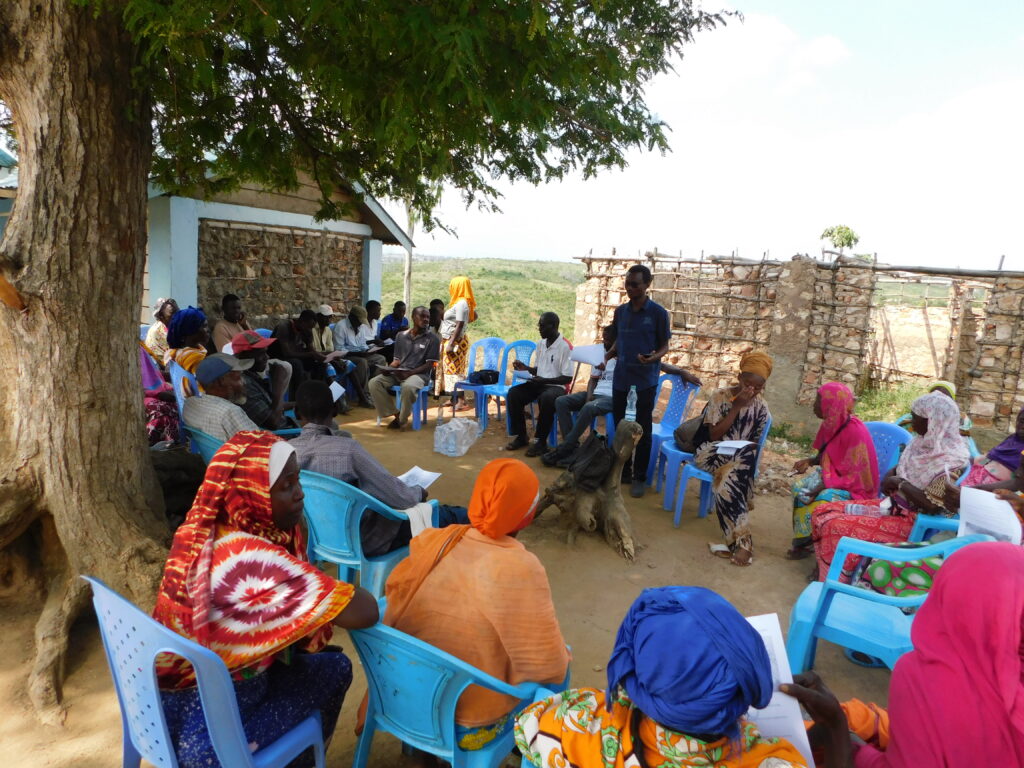
Ngoa said the project supports gender equality noting that majority of the group members are women because they are the most affected by climate change impacts due to their overdependence on the productivity of natural systems for livelihoods.
He explained: “By averting mangrove deforestation, and through the restoration of the degraded areas, the project will enhance the health and productivity of the mangrove ecosystems supporting biodiversity, and food and nutritional security by enhancing fisheries, as they provide foraging, breeding, and nursery grounds for fish.”
Officials from Mombasa Kilindini Community Forest Association (MOKICFA) encouraged the community to register with the area Community Forest association (CFA) through the Kenya Forest Service and have their conservation structured under the Participatory Forestry Management Plan (PFMP).
Facts about mangroves
Mangrove ecosystems occur at the interphase between the landscape and the Ocean hence significantly impacted by myriad anthropogenic disturbances such as deforestation, sedimentation, and pollution. When these ecosystems are degraded the goods and services they generate are lost. This increases the vulnerability of coastal communities to climate change impacts such as tropical storms and tsunamis. Mangrove wetlands together with the Seagrass beds and salt marshes are collectively referred to as blue carbon ecosystems due to their enormous Greenhouse gas sequestration potential. Blue carbon ecosystems are six times more efficient in absorbing carbon emissions than terrestrial ecosystems.
